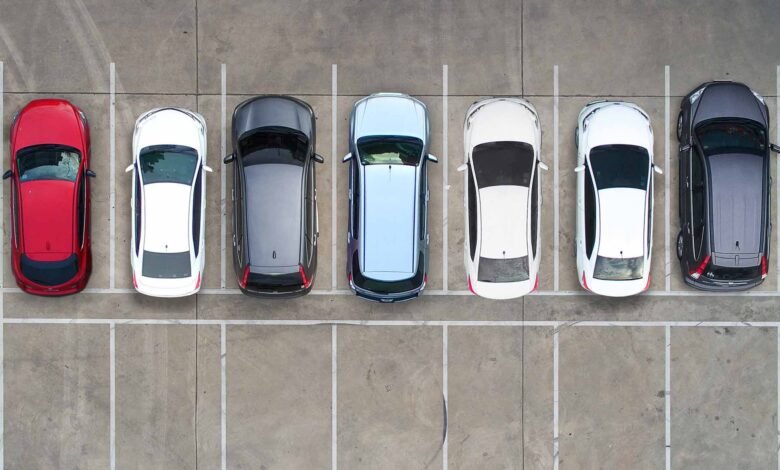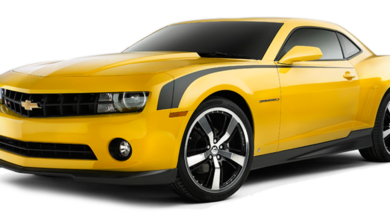Car Parking: More Than Just a Spot for Your Vehicle

1. Introduction to Car Parking
Car parking might seem like one of the most basic aspects of driving, but it’s actually a complex and essential part of modern transportation. Whether you’re in a bustling city center, a suburban shopping plaza, or a quiet residential street, finding the right place to park your car is often just as important as the drive itself. In many ways, parking has evolved into its own field, with rules, technologies, and even etiquette shaping the way we use and share these spaces.
For new drivers, car parking can be a nerve-wracking skill to master. The fear of parallel parking on a busy street or squeezing into a tight parking lot spot is something almost everyone remembers from their early days behind the wheel. But once you understand the basics, it becomes second nature—and even something you can be proud of doing well.
In a bigger picture, parking is also an important part of city planning and traffic management. Efficient parking systems keep traffic flowing smoothly, reduce congestion, and make urban areas more accessible. Without proper parking solutions, even the most well-designed roads can turn into frustrating bottlenecks.
2. Types of Car Parking
Car parking isn’t one-size-fits-all; it comes in different formats depending on space, location, and purpose. Understanding the different types can help you choose the best option for your situation.
On-street parking is the most common type, especially in city environments. It involves parking directly on the side of a road, either parallel or angled. While it’s convenient, it often comes with time limits, parking meters, or permit requirements. On-street parking can also be tricky in busy areas, as spots tend to fill up quickly.
Off-street parking refers to designated parking areas away from the main road, such as parking lots or multi-story parking garages. Car Parking These spaces offer more room and are generally safer for your car. They are often found near malls, office complexes, and entertainment venues. While they may require payment, the added security and space often make them worth it.
Specialized parking includes reserved spaces like handicap-accessible spots, electric vehicle charging bays, and loading zones. Car Parking These are designed for specific needs and come with their own set of regulations. Knowing how to spot and respect these areas is an important part of being a responsible driver.
3. Car Parking Etiquette
Parking isn’t just about finding an empty space; it’s also about doing it in a way that’s considerate to others. Good parking etiquette ensures everyone can access spaces easily and safely.
First, always park within the lines. It sounds obvious, but a surprising number of people park slightly over the boundary, making it harder for others to fit into neighboring spots. Taking a few extra seconds to straighten your vehicle can save everyone a lot of frustration.
Second, respect reserved spots. Handicap spaces, for example, are legally protected for drivers with permits. Parking in these spaces without authorization isn’t just inconsiderate—it’s against the law. The same goes for spaces marked for families with small children or for emergency vehicles.
Finally, think about how your parking affects traffic flow. If you’re pulling into a busy lot, avoid stopping in the middle of the aisle to wait for a spot to open up if it’s blocking others. Keep moving, and be patient—there’s almost always another space a little farther away.
4. Parking Challenges in Urban Areas
Parking in big cities is often a completely different experience compared to suburban or rural areas. Space is limited, demand is high, and competition for a good spot can be fierce. Many drivers in urban areas face daily battles with tight spots, high parking fees, and strict enforcement.
One major challenge is the scarcity of parking spaces. In densely populated cities, demand far exceeds supply. This leads to “parking hunting,” where drivers circle the block multiple times waiting for a spot to open up. Not only is this frustrating, but it also contributes to traffic congestion and increased emissions.
Another issue is cost. In prime city locations, parking rates can be shockingly high—sometimes rivaling the cost of public transportation for the day. For this reason, many city dwellers opt to leave their cars at home and rely on ridesharing or public transit when heading into downtown areas.
Lastly, enforcement in urban areas is strict. Parking violations often result in hefty fines or towing, so drivers must be extra vigilant about reading signs and following local regulations. This adds an extra layer of stress to finding a spot in the city.
5. Technology in Car Parking
Modern technology has transformed the way we find, pay for, and even use parking spaces. Parking meters have gone digital, allowing drivers to pay via mobile apps instead of digging for coins. This makes extending your time much more convenient, especially if you’re still in a meeting or running late.
Navigation apps like Google Maps and Waze now integrate parking availability data, guiding drivers to nearby spots. Some cities even have smart parking systems with sensors that detect whether a space is occupied and update the information in real time.
Perhaps the most exciting innovation is the rise of automated parking systems. These high-tech garages use lifts and conveyors to park cars in tightly packed spaces without human intervention. This not only maximizes space but also eliminates the need for drivers to navigate cramped garages themselves.
6. Safety Tips for Car Parking
Parking safely is about more than just avoiding dents and scratches—it’s also about protecting yourself and your passengers. Always choose well-lit areas, especially at night. Poorly lit spots can make it harder to see pedestrians, other cars, or potential hazards.
When parallel parking on the street, make sure you’re visible to other drivers. Use your turn signals early, and don’t rush the process. If you’re parking in a lot, be mindful of pedestrians crossing between vehicles, especially children who may be hard to spot.
Security is another factor. Avoid leaving valuables visible inside your car, as this can attract thieves. If possible, park in areas with security cameras or attendants. Even something as simple as locking your doors and rolling up your windows can deter opportunistic theft.
7. The Future of Car Parking
As cities evolve and new technologies emerge, the future of car parking is likely to look very different. With the growth of electric vehicles, more parking spaces will feature charging stations. This shift will require infrastructure updates and careful planning to meet demand.
Self-driving cars could also revolutionize parking. Autonomous vehicles may be able to drop passengers off and then park themselves in remote areas, freeing up prime spaces for active use. This could drastically reduce congestion in busy areas.
Additionally, shared mobility services and urban planning changes may decrease the overall need for parking. As more people opt for ride-hailing services, cycling, or public transportation, the demand for traditional parking may drop—allowing cities to repurpose those spaces for parks, housing, or other community needs.
Final Thoughts
Car parking may not be the most glamorous part of driving, but it’s one of the most important. From mastering your parking skills to understanding the challenges of urban parking, being a considerate and informed parker can make the roads—and parking lots—a better place for everyone.
With technology continuing to improve and new transportation trends emerging, the way we think about parking will keep changing. Car Parking But whether you’re sliding into a tight parallel spot in the city or pulling into a wide suburban lot, one thing will always remain true: good parking makes for a better driving experience.


